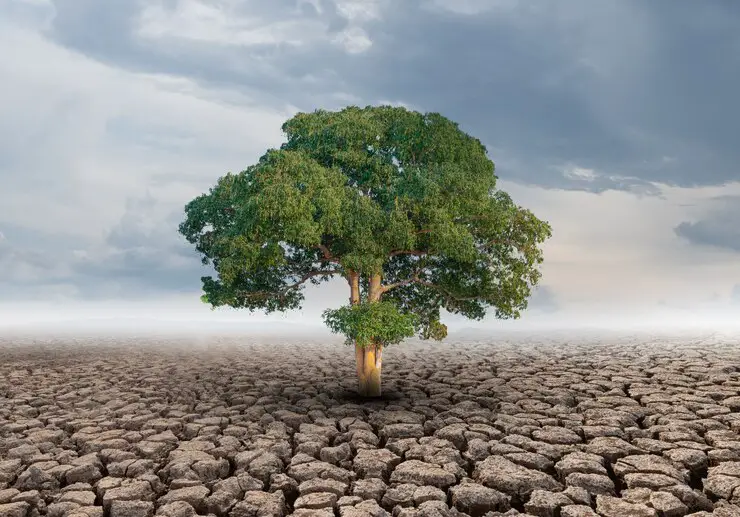Achieving Sustainable Development Goal 13 SDG13 on Climate Action

In the pursuit of a sustainable future, the international community has recognized the critical importance of addressing climate change. Sustainable Development Goal 13 (SDG 13), “Climate Action,” stands as a rallying call for global efforts to combat climate change and its impacts. In this article, we explore the significance of SDG 13 and the actions needed to achieve its objectives.

Page Contents
Achieving Sustainable Development Goal 13 SDG13 on Climate Action
United Nations has outlined a set of ambitious goals known as the Sustainable Development Goals (SDGs). Among these, SDG 13 stands out as a rallying cry for urgent action to combat climate change and its impacts. With the world facing escalating environmental challenges, from extreme weather events to rising sea levels, SDG 13 underscores the critical need for concerted efforts to mitigate climate change and build resilience to its effects.
Understanding SDG 13
SDG 13 aims to take urgent action to combat climate change and its impacts. It acknowledges that climate change is a global challenge with far-reaching consequences for people, ecosystems, and economies worldwide. By committing to SDG 13, countries pledge to reduce greenhouse gas emissions, build resilience to climate-related hazards, and mobilize resources to support climate action initiatives.

Key Targets of SDG 13
SDG 13 comprises several targets that guide efforts towards mitigating and adapting to climate change. These targets include:
- Strengthening Resilience: Build resilience and adaptive capacity to climate-related hazards and natural disasters in all countries.
- Integrating Climate Change Measures: Integrate climate change measures into national policies, strategies, and planning processes.
- Raising Awareness: Promote education, awareness-raising, and capacity-building on climate change mitigation, adaptation, impact reduction, and early warning.
- Implementing Mitigation Strategies: Implement the commitment undertaken by developed countries to mobilize $100 billion annually by 2020 to address the needs of developing countries for climate change mitigation and adaptation.
- Enhancing Climate Financing: Improve the effectiveness of climate-related financial flows towards low-carbon and climate-resilient development pathways.
- Mobilizing Resources: Mobilize financial resources to support developing countries in their efforts to implement climate change mitigation and adaptation projects.
- Promoting Climate Governance: Integrate climate change measures into national policies, strategies, and planning processes, and strengthen institutional capacity for effective climate governance.
Actions to Achieve SDG 13
Achieving SDG 13 requires a multifaceted approach involving governments, businesses, civil society, and individuals. Key actions include:
- Reducing Emissions: Implement policies and measures to reduce greenhouse gas emissions across sectors such as energy, transportation, industry, and agriculture. This includes transitioning to renewable energy sources, improving energy efficiency, and promoting sustainable land use practices.
- Adapting to Climate Risks: Develop and implement adaptation strategies to cope with the impacts of climate change, including rising sea levels, extreme weather events, and changes in
- The Role of Collaboration: Achieving SDG 13 requires collaboration and partnership at all levels, from local communities to international organizations. Governments, businesses, civil society, academia, and individuals must work together to address the complex interplay of social, economic, and environmental factors driving climate change. By fostering partnerships, sharing knowledge, and pooling resources, stakeholders can leverage collective action to accelerate progress towards a sustainable future.
- Progress and Challenges: While significant strides have been made towards advancing SDG 13, formidable challenges remain. The impacts of climate change continue to intensify, with rising temperatures, extreme weather events, and environmental degradation threatening ecosystems, economies, and livelihoods worldwide. Furthermore, the COVID-19 pandemic has underscored the interconnectedness of global crises, highlighting the urgency of building resilience and sustainability into recovery efforts.
Conclusion: A Call to Action
As we stand at a critical juncture in human history, the imperative for climate action has never been clearer. SDG 13 provides a roadmap for catalyzing transformative change, but its realization requires unwavering commitment, bold leadership, and collective action. By prioritizing climate action, investing in sustainable solutions, and embracing a shared responsibility for the planet, we can forge a path towards a more resilient, equitable, and sustainable future for all. Together, let us rise to the challenge of SDG 13 and safeguard the health and prosperity of current and future generations.







